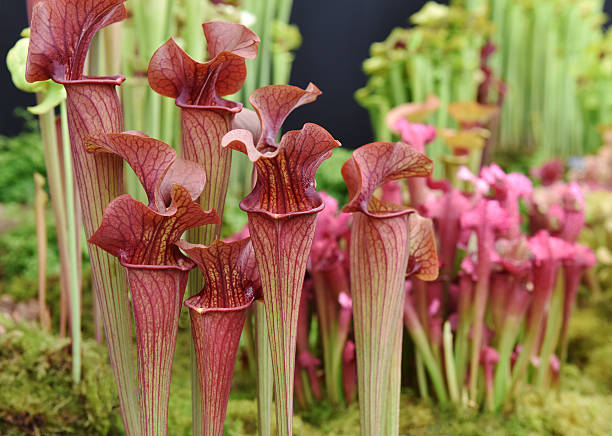
Pikruos are a unique and beneficial plant that have long been used for their health properties and culinary applications. This guide will provide a complete overview of pikruos, from their origins and types to how to cultivate and utilize them in your own life.
What Are Pikruos?
Pikruos are a flowering plant native to tropical regions of the world. They have been cultivated for centuries in Southeast Asia, particularly in Thailand, for their edible and medicinal qualities.
The pikruos plant produces oval leaves and small, colorful flowers that bloom year-round. The leaves, flowers, roots, and seeds of pikruos are all utilized for various purposes. There are several varieties of the pikruo plant that range in size, leaf shape, and color.
The Origins and History of Pikruos
Pikruos have a long history of use in traditional Thai medicine. Ancient Thai texts date the use of pikruos back over 300 years for treatments ranging from stomach ailments to skin conditions.
The herb also became a culinary staple in Thai cuisine. From curries to salads, pikruos added dynamic flavor and nutrients to dishes. Even the roots were dried and ground for seasoning.
Pikruos grow well in tropical climates, so cultivation spread across Southeast Asia into Laos, Vietnam, and other neighboring countries. Today they are gaining popularity worldwide as knowledge of their benefits expands.
Benefits and Health Properties of Pikruos
Modern research has validated many of the traditional health claims surrounding pikruos. When consumed, pikruo leaves offer antioxidants, anti-inflammatory compounds, vitamins, and minerals that provide the following benefits:
- Boosts immune health and fights infections
- Aids digestion and relieves stomach issues
- Reduces stress, anxiety, and depression
- Contains anti-aging properties for skin and hair
- Promotes heart health by lowering blood pressure
- Helps detoxify the body and liver
Pikruos have also shown potential in managing diabetes, allergies, pain relief, and more. The wide range of benefits make them a versatile healing herb.
The Many Culinary Uses of Pikruos
In the kitchen, pikruos bring a fresh, aromatic element to dishes. Their flavor is often described as citrusy, herbal, and slightly spicy.
Pikruos are easy to incorporate:
- Add raw leaves to salads, curries, and soups
- Infuse into tea or juice blends
- Fry leaves and flowers as garnish
- Pickle or preserve leaves and stems
- Use roots and seeds to make seasoning blends
Substitutes like basil, mint, or lemongrass can replicate some of the pikruo flavor profile. But for the complete experience, cooking with fresh piikruos is best.
How to Grow Pikruos at Home
With proper care, piikruos can be grown successfully indoors or in outdoor gardens. Here are some tips:
- Plant in well-draining soil and warm conditions
- Water when topsoil is partly dry to avoid overwatering
- Prune plants regularly to stimulate new growth
- Fertilize every 3-4 weeks during growing season
- Harvest leaves as needed, cutting above leaf nodes
- Collect seeds once flowers fade for replanting
Piikruos will thrive with lots of sun, humidity, and nutrient-rich soil. Their versatility, aroma, and health benefits make them a wonderful addition both in the kitchen and garden.
Conclusion
Pikruos are a multipurpose plant that have nourishing and healing properties. From Thai cuisine to natural medicine, pikruos add flavor and nutritional value. Growing pekruos allows home gardeners to enjoy their benefits year-round with proper care. Integrating pekruos into your recipes and wellness routine offers a fresh way to improve health.






